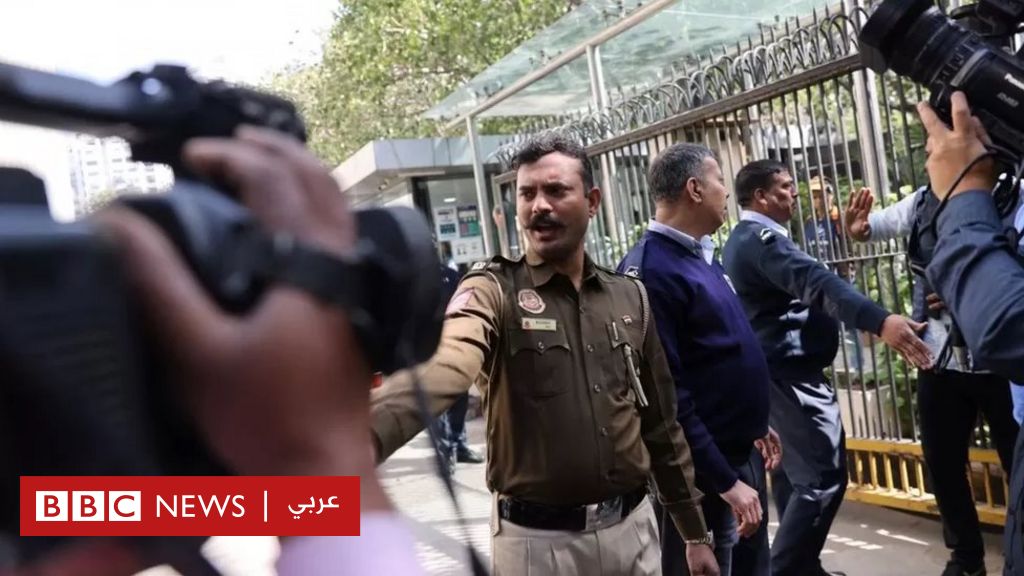Life Center / Reported by Chen Jialing
▲There are four incinerators in Daxian Temple, and many eminent monks in Taiwan sent them here for admiration. (Picture/Flip Screen)
Venerable Xingyun passed away on February 5 at the age of 97. Master Hsing Yun’s pubi (burning) was successfully completed. His disciples found many pearl-sized round relics in the relic bones. “The number is too large to count at present.” And why are Taiwanese monks sent to Tainan Daxian Temple for cremation? Some experts pointed out that there is an incinerator specially set up for monks in Daxian Temple. After scientific research, the most appropriate temperature can be incinerated to produce crystallization temperature. However, according to the Buddhist concept, the reason for the formation of relics is neither physiological factors nor food Crystallization, but the result of years of practice.
The Daxian Temple in Baihe, Tainan, commonly known as Old Rock, is located in Guanziling, Baihe District, Tainan City, Taiwan. It is a designated historic site in the municipality directly under the Central Government of Tainan City. Together with the Buddhist temple of the Linji sect of Zen and the volcanic Biyun Temple commonly known as Xinyan, it is collectively known as the “Guanling Yunyan” of the Eight Great Sceneries of Nanying. It is also said that Daxian Temple is located on the acupoint of “immortals throwing nets”, while Biyun Temple is located on the acupoint of “half-wall chandelier fire”. The architectural style of Daxian Temple is different from the general temples in Taiwan. The overall appearance of the Daxiong Hall imitates Japanese Buddhist architecture. The interior is dominated by Chen Yingbin, the chief carpenter of the Zhang School in the north, and the craftsman of the Xidi School in Hui’an, Quanzhou. The appearance of the Buddhist temple is the watch, creating a new look for the Buddhist temple.
After Master Hsing Yun successfully completed the pilgrimage (burning), many circles of relics were left behind, causing discussions from all walks of life. Is it the result of years of practice? Or is it related to the temperature of cremation? And why are the remains of many eminent monks in Taiwan sent to Tainan’s Taixian Temple incinerator?

▲Daxian Temple is a historic site in Tainan City. There are a total of four incinerators, which are mainly non-business. (Picture / Taken from Tainan Travel Net)
There are 4 furnaces in the Daxian Temple Crematorium. It is not mainly for business. There are experts in the crematorium.“Facebook”Revealing the secret, pointing out that Daxian Temple is an incinerator specially set up for religious people. The key lies in the temperature of the incinerator. Compared with the temperature of the general incinerator, which is between 1200°C and 1600°C, the temperature of the Daxian Temple incinerator is between 600°C and 800°C, which is the most suitable temperature for incineration to produce crystals.
Experts pointed out in the article that in 2008, someone in China had already studied the complete furnace temperature, combustion accelerant and ashes mixing ratio for burning relics (patent document number: CN101011211A). Its manufacturing process is roughly:
Sieve the ashes into a proper mesh → use quartz as a combustion aid → mix the ashes and quartz at a ratio of 1:4 → add water, mix the slurry, and dry → dehydrate at low temperature → sinter crystals between 250°C and 800°C → between 800°C and 1150°C Let the crystal grow→ solidify the crystal at 1300℃→ gradually cool down the furnace temperature→ finished product
Experts further pointed out that, in other words, as long as the ashes are dried and the furnace temperature is controlled properly, bone ash crystals can be easily sintered and grown and solidified in the furnace. There is no doubt that the incinerator specially set up for monks in Daxian Temple is obviously set up after scientific research. If you catch a few bags of mouse ashes and burn them, you can also burn beautiful gems. Some netizens also pointed out that it is similar to the principle of wood-fired kilns, “Wood ash above 1150°C is originally white and thorny, and above 1260°C, it will melt into a smooth fluid.”
Jiang Canteng, an honorary professor of Beicheng University of Science and Technology, also pointed out that relics are the remains of human bones after high-temperature burning. Even ordinary people may have the opportunity to appear. Funeral parlors do not produce relics after cremation, while the cremation temperature of Tainan Daxian Temple is relatively low, so the probability of producing relics is relatively high.
However, regarding the relics mentioned in Buddhism, the Sanskrit word “śarīra” means remains, and usually refers to the solid objects crystallized after the body of the Buddha was incinerated, such as relics, bones, tooth relics, finger relics, etc. There is a difference between the relics and the bones of ordinary people. The relics are a sign of accumulated merits and virtues accumulated over the years, and are the results of the three learnings of precepts, samadhi, and wisdom. “Golden Light Sutra” Volume 4 “Sacrifice of Life” says: “The one who relics is cultivated by precepts, concentration and wisdom. It is very rare to obtain, and it is the most blessed field.”

